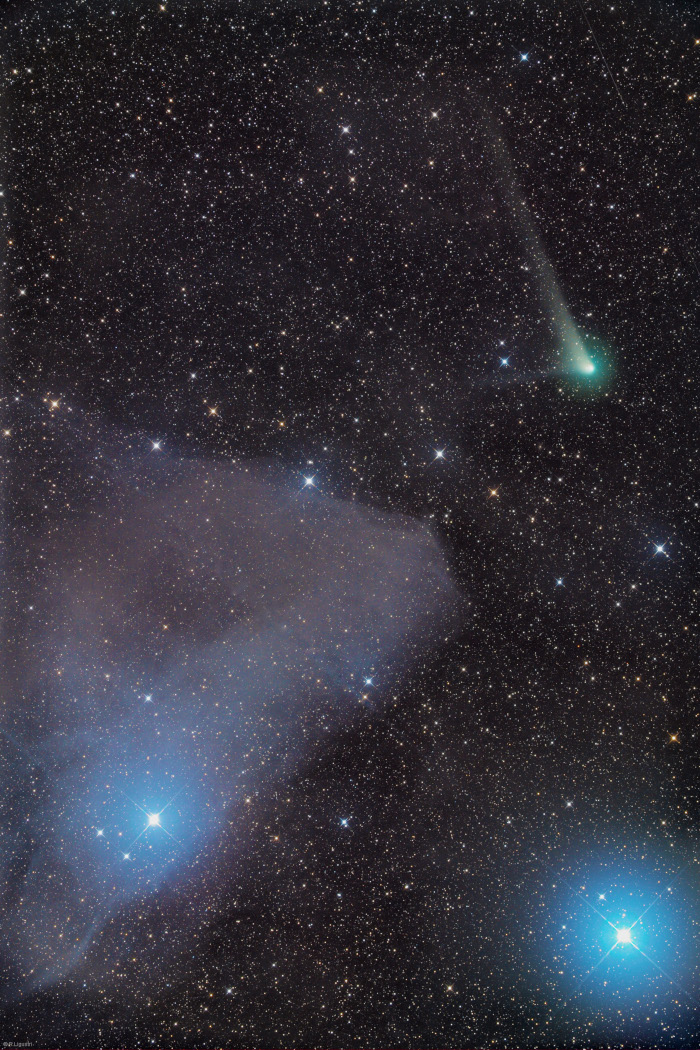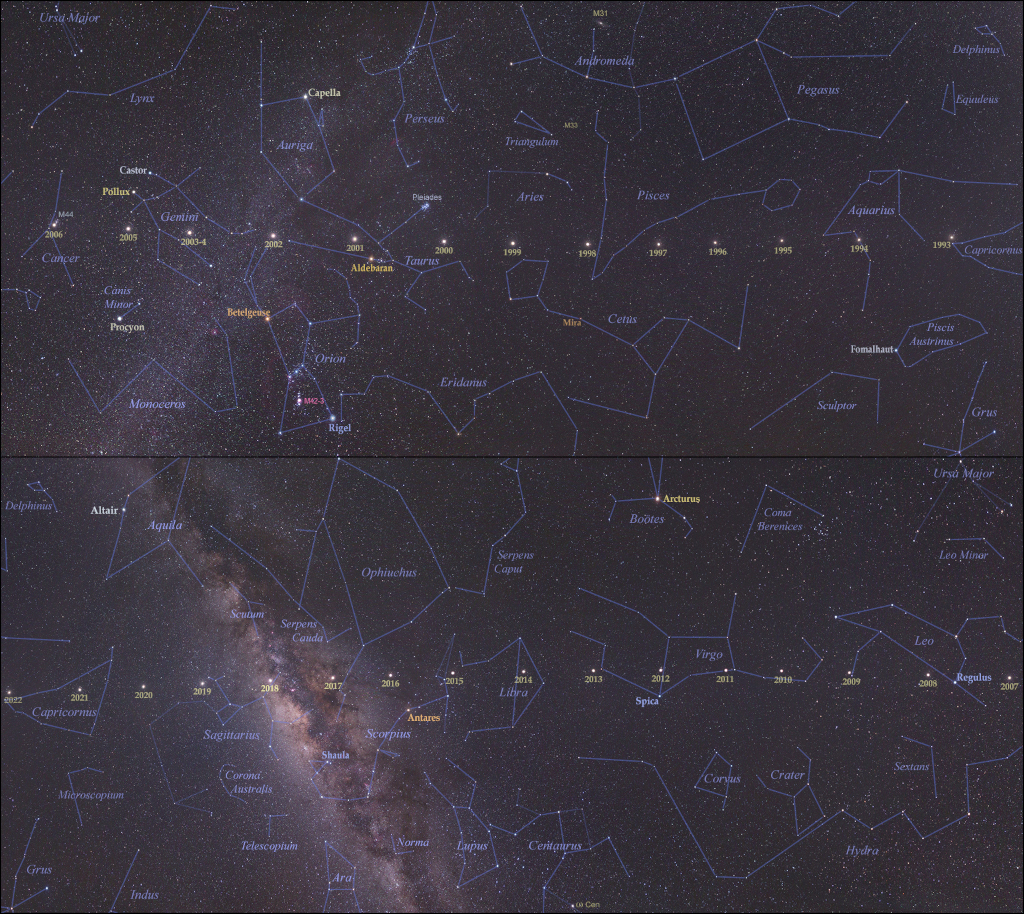
Stardust and Comet Tails


Mientras la NASA se prepara para enviar astronautas a la Luna con el programa Artemis, la agencia ha identificado 13 regiones candidatas para aterrizar cerca del polo sur lunar.
from NASA https://ift.tt/iFNuhkr
via IFTTT
As NASA prepares to send astronauts back to the Moon under Artemis, the agency has identified 13 candidate landing regions near the lunar South Pole.
from NASA https://ift.tt/LAtDuca
via IFTTT
Students from Kentucky and Oklahoma will have the opportunity next week to hear from NASA astronaut Jessica Watkins aboard the International Space Station.
from NASA https://ift.tt/9nt7lcw
via IFTTT

NASA will provide coverage of prelaunch, launch, and postlaunch activities for Artemis I, the first integrated test of NASA’s Orion spacecraft, Space Launch System (SLS) rocket, and the ground systems at the agency’s Kennedy Space Center in Florida.
from NASA https://ift.tt/mTaDYqC
via IFTTT

NASA has selected four mission proposals submitted to the agency’s Explorers Program for further study.
from NASA https://ift.tt/9PZ6FcV
via IFTTT
NASA will host a media teleconference at 1:30 p.m. CDT Thursday, Aug. 25, to discuss the agency’s tools, resources, and science research available to the agriculture community.
from NASA https://ift.tt/b6yTEXB
via IFTTT
El astronauta de la NASA Frank Rubio discutirá su inminente misión a la Estación Espacial Internacional durante una conferencia de prensa y entrevistas de seguimiento.
from NASA https://ift.tt/k86eAaD
via IFTTT